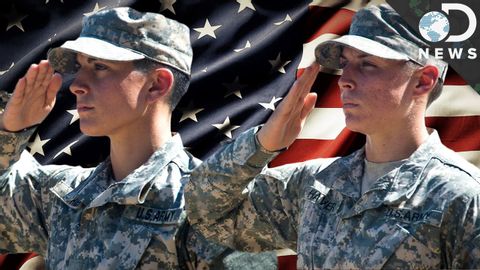
Subtitles & vocabulary
What Science Says About Women In Combat
00
李柏毅 posted on 2017/03/02Save
Video vocabulary
perceive
US /pɚˈsiv/
・
UK /pə'si:v/
- Transitive Verb
- To notice or become aware of something
- To think of someone or something in a certain way
B1TOEIC
More disorder
US /dɪsˈɔrdɚ/
・
UK /dɪs'ɔ:də(r)/
- Uncountable Noun
- State of confusion or a lack of organization
- Illness when the body is not functioning well
- Transitive Verb
- To disrupt the order or arrangement of something.
B2
More aggressive
US /əˈɡrɛsɪv/
・
UK /əˈgresɪv/
- Adjective
- Using energy and determination to achieve a goal
- Behaving in a hostile and threatening way
B1
More Use Energy
Unlock All Vocabulary
Unlock pronunciation, explanations, and filters
